Gibraltar's Secret Wars
Britain's Plans to Defend Gibraltar in WWII
In 1940, Gibraltar stood alone in Europe. Franco wanted Gibraltar for Spain. Germany wanted Gibraltar for its strategic position. Britain was determined neither should have 'The Rock.'
By Nick Nutter on 2024-03-15 | Last Updated 2025-05-19 | Gibraltar's Secret Wars
This article has been visited 3,642 times
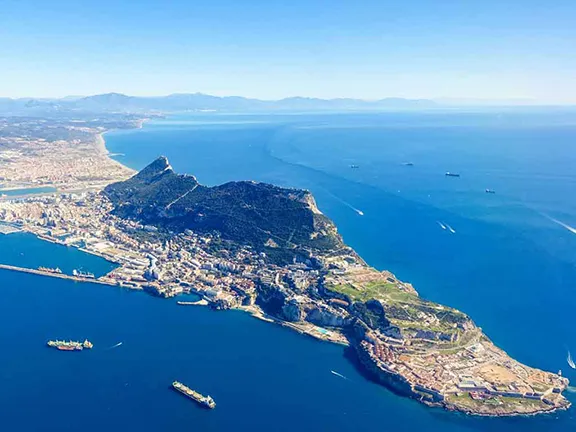
Gibraltar - Last Allied Bastion in Europe
As Hitler Eyed the Jewel, Britain Prepared a Multi-Pronged Counteroffensive
With France crushed in June 1940, Gibraltar stood alone as a defiant Allied fist in a continent clenched by the Nazi jackboot. Hitler was not content to let it stand. Code-named Operation Felix, whispers swirled of German troops storming through Spain or bolstering Franco's forces to snatch the strategic rock.
But Britain was not playing defence. Unknown to many, a daring web of operations had been spun to thwart any Nazi grab. Operation Blackthorn: a bold plan to occupy key areas of Spain. Goldeneye: a naval counterpunch to secure the seas. Relator: unleashing the clandestine might of the SOE. Sprinkler: sowing the seeds of Spanish resistance within their own army. And finally, Sconce: a gambit to ignite a guerrilla inferno with former Spanish Republicans.
Do you enjoy my articles? For your reading pleasure, this website does not carry third party ads. You could help me write more articles by buying me a cup of coffee.
Franco Flips a Coin - Britain Races Against Time


Hitler and Franco
October 17th, 1940: The stakes couldn't be higher. With France out of the picture, Nazi eyes turned towards Gibraltar, the sole remaining Allied thorn in their side. British Ambassador Sir Samuel Hoare, leveraging his connection with Spanish Foreign Minister Juan Beigbeder, makes a chilling calculation. Germany will demand passage through Spain, and there's a coin toss's chance Franco will agree.
Beigbeder, however, proposes a daring gamble. Spain's army could resist the Germans. This, he argues, would spark a national uprising, uniting even regions like Basque and Catalonia against the invaders. But Beigbeder warns Britain be prepared. They need munitions and support ready for Gibraltar, and for General Agustin Munoz Grandes, the regional commander in the south, who might be the key to Spanish defiance. Can Britain act fast enough to tip the odds in their favor? Will Franco gamble on Spanish resistance, or succumb to Hitler's demands? The fate of Gibraltar hung in the balance.
Gibraltar Under the Guns of Franco's Hidden Army


Spanish Bunker in La Linea
Imagine a rock, a defiant symbol of British might, Gibraltar. Now picture it under the chilling gaze of hundreds of hidden cannons. This wasn't just paranoia. In May 1939, Franco, determined to regain Gibraltar for the Spanish, embarked on a secret project: The Plan of Fortifications of the Southern Border, masterminded by General Jevenois.
These weren't your average sandbags. We are talking reinforced bunkers, bristling with howitzers and artillery, nestled menacingly on the high ground behind La Linea. Anti-aircraft guns watched the skies, while a network of tunnels and command posts snaked beneath the earth. Even a hidden road, a secret serpent, slithered towards Algeciras.
The cost of this hidden army was horrifying. Over 640 fortifications were carved out of the earth, not by soldiers, but by 30,000 prisoners forced into backbreaking labour. Stories like Gabriel Riera's, forced to eat crushed snails to survive while digging a massive tunnel, paint a grim picture of the human cost behind the cold steel.
Gibraltar may have been a rock, but Franco was determined to make it an extremely uncomfortable one for the British. The question remained: could this hidden army tip the scales in Spain's favour?
A Race Against Time


World War II gun emplacement Gibraltar - Princess Caroline Battery
On the 17th of October 1940, Hoare sent a telegram to London and the War Cabinet asked the Chiefs of Staff to prepare a plan for operations in Spain.
Britain's top brass, a war council of titans - Admiral Sir Charles Saumarez Daniel, Director of Plans at the Admiralty, Major-General Sir Ian Stanley Ord Playfair, Director of Plans for the army, and Air Chief Marshal Sir Charles Edward Hastings Medhurst, RAF Secretary of the Supreme War Council- huddled in a secret London room. Their mission: "Maintain control of the Straits"
Operation Blackthorn
Blackthorn, the plan they devised, was audacious and delivered in record time, just 19 days. Four divisions, two army tank brigades, two anti-aircraft brigades, six fighter squadrons and two medium bomber squadrons, would carve a defensive line from Cadiz to Malaga.
Gibraltar, the crown jewel, would be reinforced with thousands of troops and mountains of supplies. Retreat was never an option. But if the line crumbled, there was a fallback plan: secure the Tarifa Peninsula, a dagger pointed at the heart of Spain.
Friend or Foe?
The Spanish remained a wild card. Franco, a dictator playing his own game, could be a crucial ally, or a deadly enemy. 'Operation Sprinkler' was a gamble. Britain would arm and train Spanish troops, hoping they would resist a German invasion. But what if Franco sided with Hitler? Enter 'Operation Sconce', a dark mirror to Sprinkler. 140 former Republican fighters, ghosts of the Spanish Civil War, were trained by the Special Operations Executive (SOE) as deadly saboteurs. Their mission: bleed the Nazi war machine dry with guerrilla strikes.
Ali Baba and the 20 Thieves?
'Operation Relator' had a more theatrical ring to it. The plan was to train a party of area commanders to be used in Spain. They were also known as "Ali Baba and the 20 thieves". Their purpose was to delay the enemy in any advance into Spain. Nineteen officers and seven signallers recruited for the Special Operations Executive arrived on Gibraltar in April 1941 on the 'Q' ship Fidelity, ready to begin the job. SOE soon realised that the original plan was unworkable, and it was incorporated into Operation Goldeneye.
Goldeneye: A Spy's Gambit in the Shadow of the Rock


Commander James Bond played by Sean Connery
The aim of Operation Goldeneye was to ensure that Britain would still be able to communicate with Gibraltar in the event Spain joined, or was invaded by, the Axis powers, and to conduct sabotage operations in Spain.
In August 1940, responsibility for drawing up the plan was given to Lieutenant Commander Ian Fleming of the Naval Intelligence Department. Of particular concern to Fleming was the possible installation of radar equipment and infrared cameras in the Straits of Gibraltar, which would have been a threat to the Royal Navy's Mediterranean strategy and to the Allied shipping interests in the Atlantic.
Operation Goldeneye later incorporated an alternative plan to Relator, using the Relator officers who would become 'a small highly trained commando for use in ... attacks on shipping, raiding parties, and other local operations based on Gibraltar.'
A Night of Intrigue at the Rock: Fleming Meets Donovan


The real Commander Ian Fleming RNVR
On February 24th, 1941, a hush fell over Gibraltar as Governor Sir Clive Liddell hosted a high-stakes dinner. His distinguished guest? William Joseph "Wild Bill" Donovan, best known for serving as the head of the Office of Strategic Services (OSS), the precursor to the Bureau of Intelligence and Research and the Central Intelligence Agency. Donovan was on an extended tour of allied bases in North Africa and Europe travelling as an informal emissary to Britain, where he was urged by Secretary of the Navy Knox and President Roosevelt to gauge Britain's ability to withstand Germany's aggression. Lieutenant Colonel Vivian Dykes of the Royal Engineers was appointed by Winston Churchill to accompany Donovan on his travels. Donovan unfortunately missed the festivities, a cyst removal put him out of commission.
But the guest list glittered, nonetheless. Brigadier Reggie Parminster, Gibraltar's top administrator, rubbed shoulders with soon-to-be-famous actor Major Anthony Quayle. Lieutenant Peter Forbes, the Governor's aide-de-camp, mingled with Captain Alan Hillgarth, the naval attache from Madrid, and his wife Mary.
A key figure, however, was a relatively unknown figure: Acting Commander Ian Lancaster Fleming RNVR, the personal assistant to the Director of Naval Intelligence. Fresh from a daring road trip from Madrid with the Hillgarths (Mary even remembers a cheeky white ensign flying from their car). We should not neglect the final guest, Fleming's boss, Admiral John Godfrey (who inspired the character 'M' in the Bond books and films).
Fleming was the mastermind behind Operation Goldeneye, Britain's secret plan to safeguard Gibraltar.
During his stay, Fleming is credited with hatching "Operation Tracer," a last-ditch resistance plan incorporated into Goldeneye.
Fleming was not just a thinker; he was a doer. He established a secure communications hub for Goldeneye with a secure cipher link to London, manned by his fellow agent H.L. Greensleeves. A backup office in Tangier ensured operations could continue even if Gibraltar fell.
Years later, echoes of this night would reverberate in Fleming's iconic novels. His Jamaican estate, named "Goldeneye," became the birthplace of James Bond. The name itself, a whisper from Gibraltar's wartime drama, would forever be linked to the world's most famous secret agent.
Hillgarth's Shadow Network
While Fleming focused on intelligence, Captain Hillgarth provided the muscle. His plans for "Operation Sconce" and "Relator" detailed daring guerrilla operations and sabotage missions to cripple any German incursion into Spain.
Fleming and Hillgarth, a formidable duo, meticulously planned attacks on key targets: demolitions in Cadiz, Malaga, Huelva, Seville, Lisbon, Cartagena and Alicante, and either the Balearics, or Valencia, Oporto or Almeria as circumstances dictated, and a daring 12-hour operation to silence the Spanish guns threatening Gibraltar, a historical echo of the Rock's legendary past, 'The Sortie' during the Great Siege of Gibraltar.
The next day, Fleming and his companions packed into cars and headed back to Madrid. War stories were swapped, alliances formed, and rivalries simmered. Dykes remarked in his diary that Fleming had not lost the journalistic habit of drinking too much martini, shaken not stirred of course.
Operation Goldeneye, a testament to wartime ingenuity, may never have been deployed, but it left an indelible mark on Gibraltar's history, and on the world of fiction.
Franco's Folly Still Stands
A chilling reminder remains. The Spanish border fortifications, a symbol of a war that never came, still scar the landscape. Eerie tunnels, once meant to house an army, stand silent. A glimpse into a world that could have been.
Secrets of the Rock


World War II tunnels beneath Gibraltar
Gibraltar holds its own secrets too. Tunnels, carved deep into the heart of the Rock, whisper tales of wartime preparation. Some remain operational, hidden fortresses guarding against an ever-uncertain future. Others, like the ghosts of Goldeneye itself, have become a testament to the ingenuity and resilience displayed in the face of unseen threats.
The Best Guide to Gibraltar
First published in 2016, The Rock from Bottom to Top was due for an overhaul. We are pleased to publish a second edition on the 320th anniversary of Britain's capture of Gibraltar in 1704.
Completely updated with new images, stories, and anecdotes, Exploring Gibraltar is like no other travelogue or guidebook.
Exploring Gibraltar: The Rock from Bottom to Top is for anybody interested in the history, attractions, and culture of Gibraltar.

FREE to read on Kindle Unlimited, available as an Ebook download and full colour paperback.
Do you enjoy my articles? For your reading pleasure, this website does not carry third party ads. You could help me write more articles by buying me a cup of coffee.
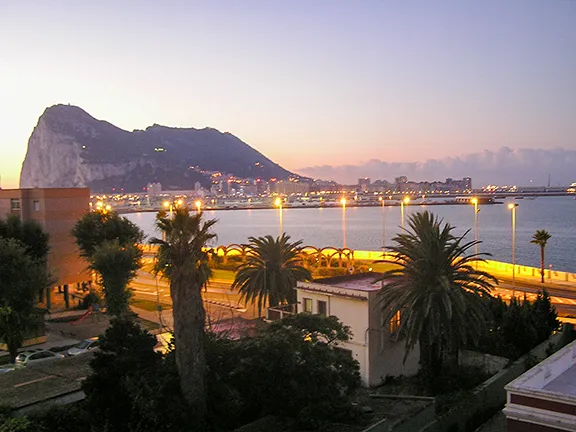 2: Operation Felix - Hitler's Plan to Capture Gibraltar
2: Operation Felix - Hitler's Plan to Capture Gibraltar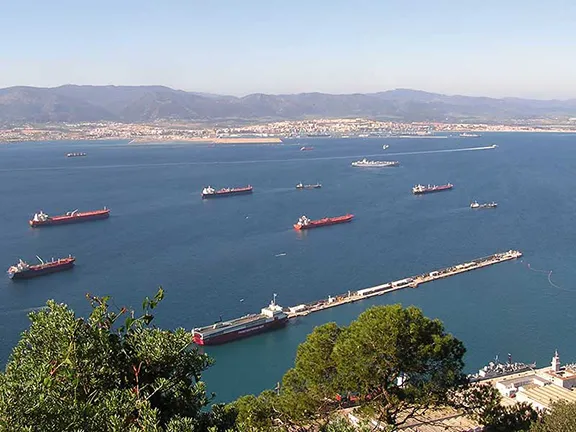 3: Operation Tracer - the Stay Behind Chamber
3: Operation Tracer - the Stay Behind Chamber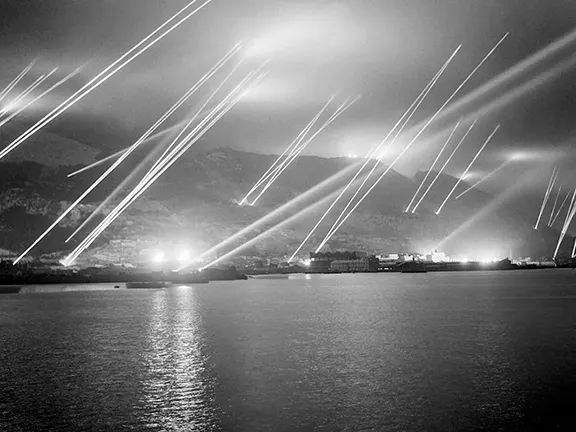 4: The WW II Evacuation of Gibraltar
4: The WW II Evacuation of Gibraltar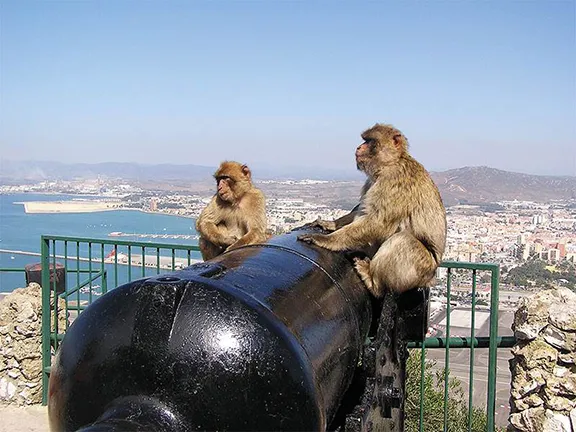 5: Gateway to Freedom for Escapers and Evaders
5: Gateway to Freedom for Escapers and Evaders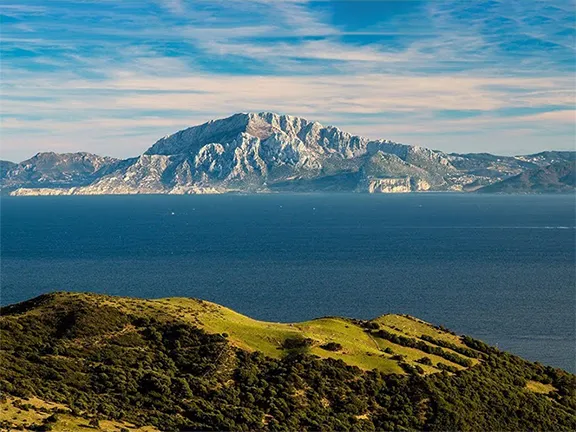 6: Gibraltar's Secret Flotilla during WW II
6: Gibraltar's Secret Flotilla during WW II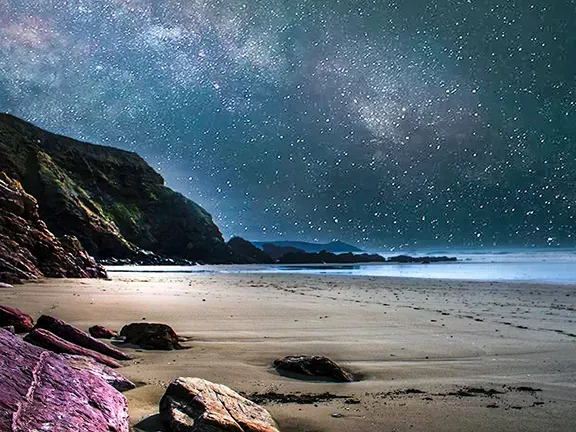 7: Covert Missions to France and North Africa
7: Covert Missions to France and North Africa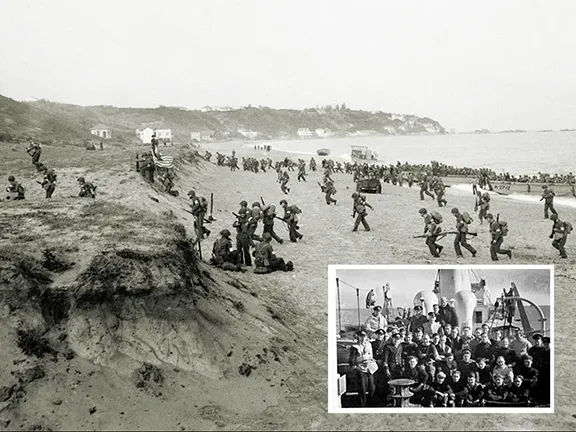 8: Letter from the Front - Personal Recollections
8: Letter from the Front - Personal Recollections 9: Operation Relator - SOE create mayhem in Gib
9: Operation Relator - SOE create mayhem in Gib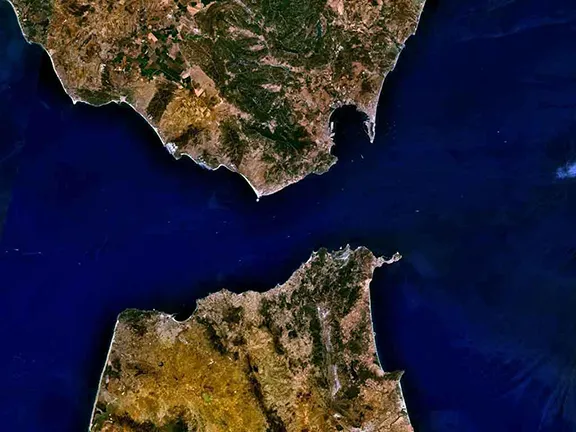 10: Operation Ursa Major - Prelude
10: Operation Ursa Major - Prelude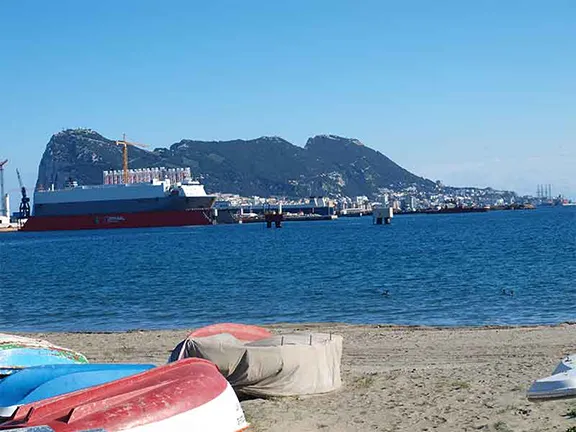 11: Operation Ursa Major - The Olterra
11: Operation Ursa Major - The Olterra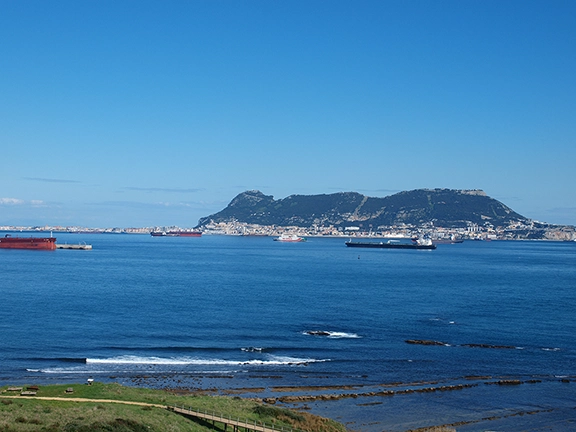 12: Operation Ursa Major - Execution
12: Operation Ursa Major - Execution 13: Operation Falaise - Zap a Nazi Spy Nest
13: Operation Falaise - Zap a Nazi Spy Nest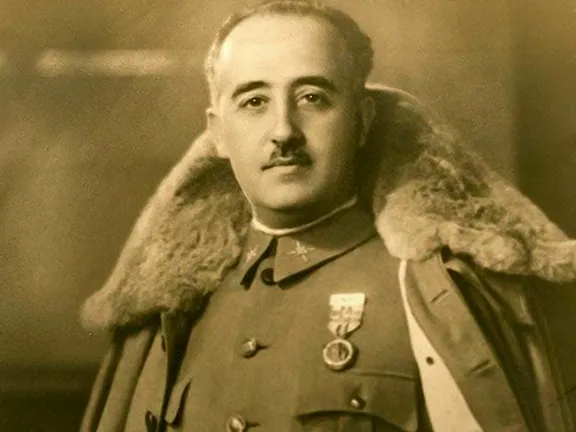 14: UK Policy towards Spain - Spanish Civil War
14: UK Policy towards Spain - Spanish Civil War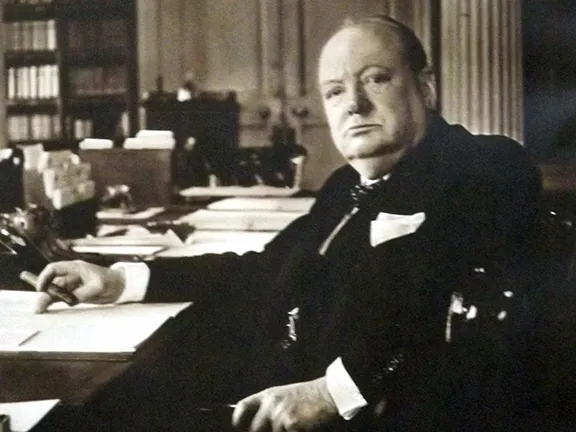 15: UK Policy towards Spain - 1940-1942
15: UK Policy towards Spain - 1940-1942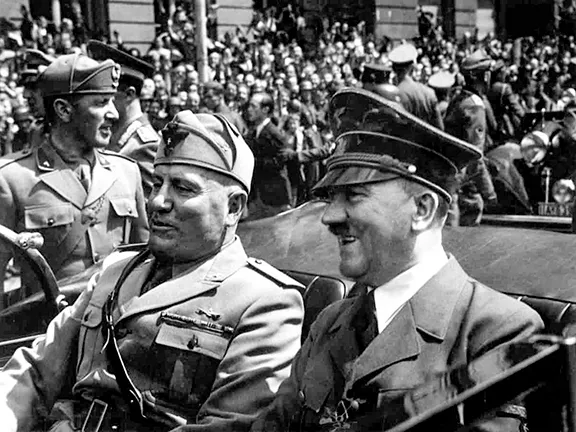 16: UK Policy towards Spain 1942 - 1945
16: UK Policy towards Spain 1942 - 1945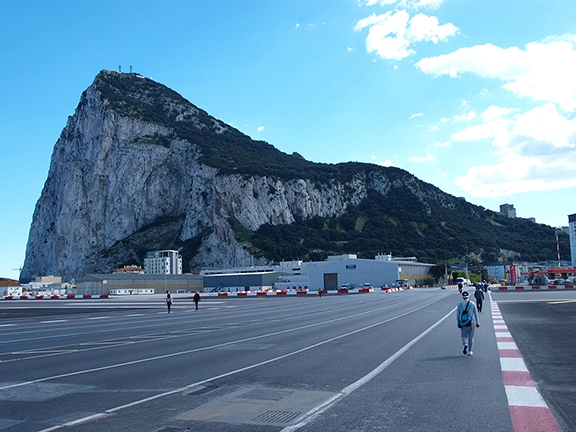 17: Abwehr Operations - Gibraltar WWII
17: Abwehr Operations - Gibraltar WWII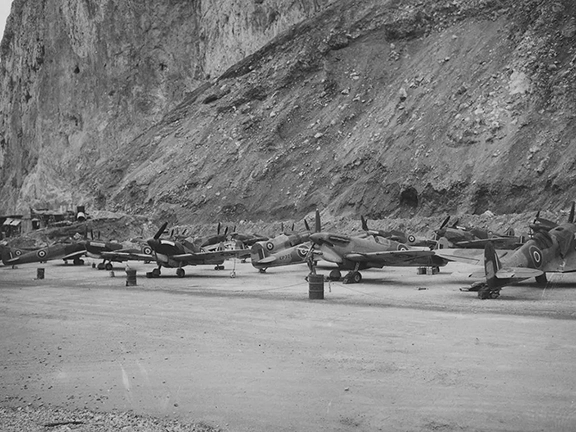 18: Counter Espionage - Gibraltar WWII
18: Counter Espionage - Gibraltar WWII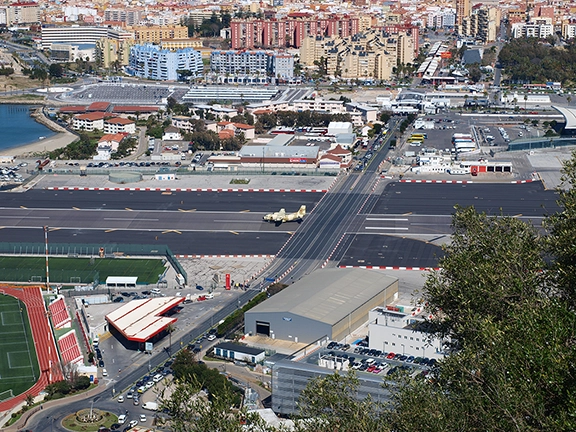 19: Operation Algeciras - 1982
19: Operation Algeciras - 1982